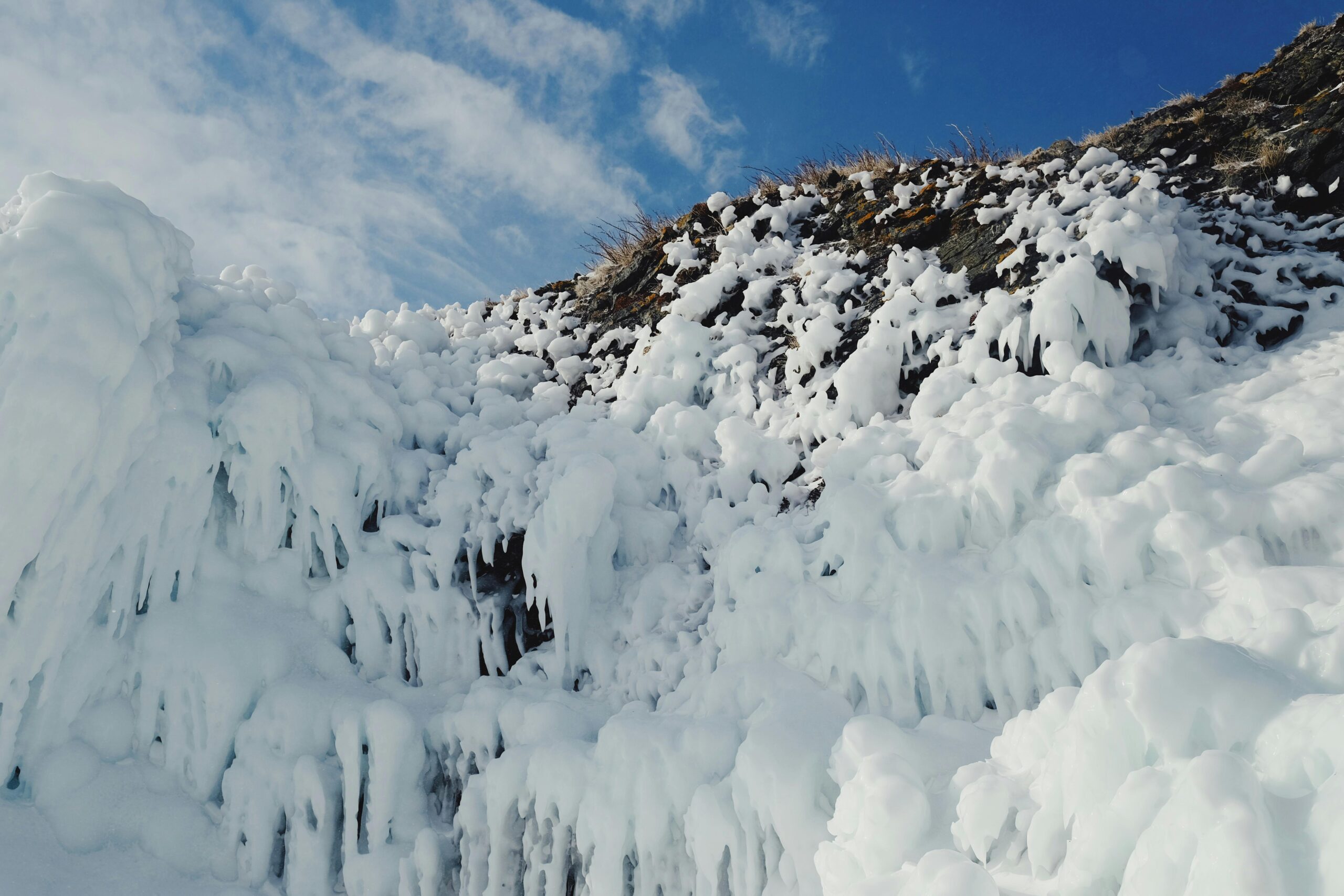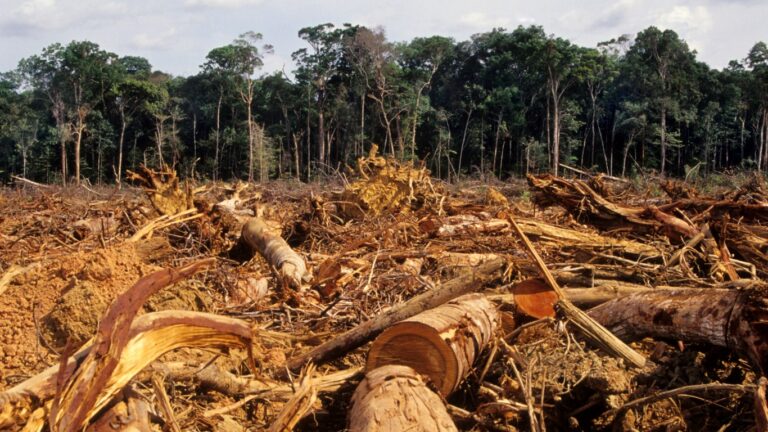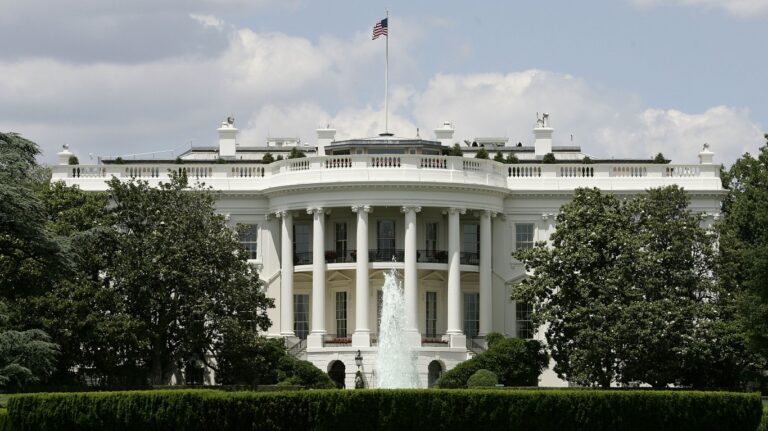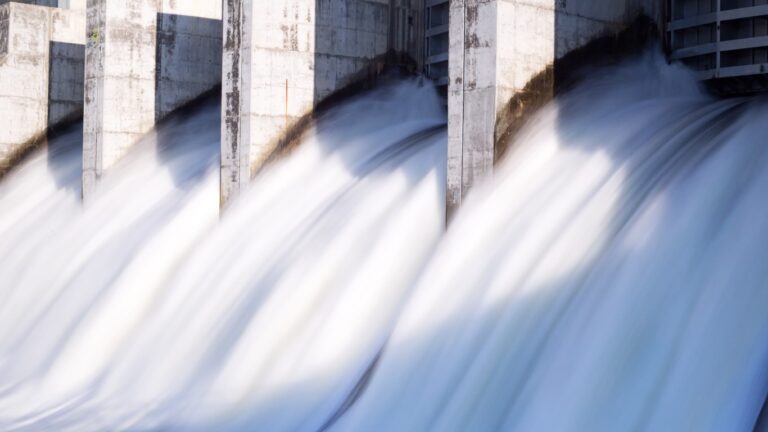The North Pole Is Melting Faster

According to The Guardian, the temperatures recently were running 20 C hotter than the 1991 to 2020 average
Big Problems After 2035
The effects of the melting are devastating. At some point soon, the Arctic could be ice free. “Most models suggest that this could could happen around the middle of this century, with more pessimistic forecasts suggesting total melting of the ice cap before 2035. An ice-free Arctic might be a boon for the shipping industry in the short term, but comes at potential catastrophic cost to our economy in the form of environmental disaster and political upheaval,” Mr. Sustainability.
Among other things, coast lines around the world would face rising water levels. According to the National Snow and Ice Data Center, “The melt of just a tiny fraction of an ice sheet exacerbates high-tide flooding, and rapid change on an ice sheet could spell disaster.”
NASA Forecast
One aspect of the melting that has been modeled but can’t be modeled perfectly is which coastlines around the world would be affected most. Some low lying areas like Miami would almost certainly suffer. According to NASA, “Hot spots include the U.S. East Coast and Gulf Coast, Asia, and islands.”
Global Hot Spots
On average, the summer temperatures are rising quickly most years in the Arctic Circle area. The “hot spot” problem is going to get worse.
Sponsor
Find a Vetted Financial Advisor
- Finding a fiduciary financial advisor doesn't have to be hard. SmartAsset's free tool matches you with up to 3 financial advisors that serve your area in 5 minutes.
- Each advisor has been vetted by SmartAsset and is held to a fiduciary standard to act in your best interests. Get on the path toward achieving your financial goals!
More from ClimateCrisis 247
- $7 Trillion Climate Boost To GDP Growth
- What If AI Can’t Borrow Money?
- Can The World Fix Asian Climate Disaster?
- Do Millennials Blame Boomers For Climate Crisis?






